I am attempting to extract the Radon Signature in order to recognize patterns of clothing (striped,plaid, irregular and patternless) as done in 1.
Algorithm to be implemented :
1. Use sobel operator to compute the gradient map as f(x,y).
2. Perform Radon transform based on maximum disk area.
3. Compute the variance of r under all theta directions.
4. Employ L2-norm to normalize the feature vector.
5. Plot Radon Signature as a bar chart of var(r) for all theta values.
I have done the following :
img = imread('plaid.jpg');
grey = rgb2gray(img);
img2 = edge(grey, 'sobel');
vararray=zeros(1,size(theta,2));
theta = -89:90;
for j = 1: size(theta,2)
[R3,xp3] = radon (img2,theta(j));
vararray(j) = var(R3);
end
vararray = vararray/norm(vararray);
figure(1), bar(theta,vararray),title('Radon Signature');
I believe that my error lies in the first 2 steps. I am unsure how to perform Radon only on the maximum disk area.
My results are shown on the right, while from the article (referenced below) is shown on the left.
However, my results should at least show 2 distinct peaks as shown in the acticle's results, but they do not.
Any assistance is appreciated.
Source of Algorithm : "Assistive Clothing Pattern Recognition for Visually Impaired People" by Xiaodong Yang, Student Member, IEEE, Shuai Yuan, and YingLi Tian, Senior Member, IEEE


